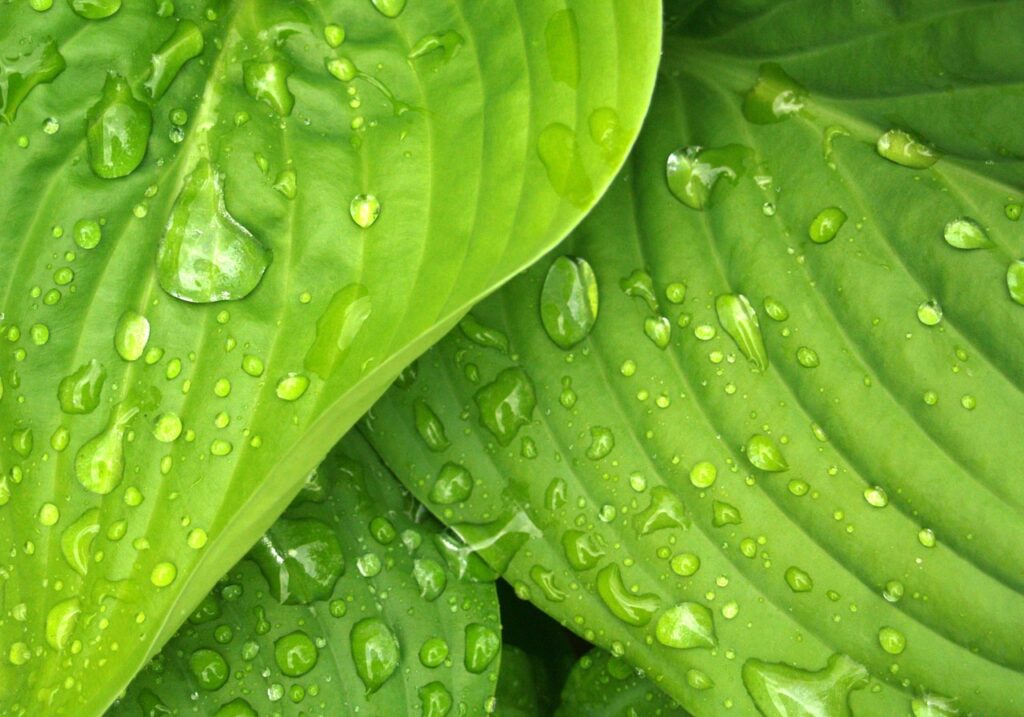Outdoor education is a unique learning experience for students. It allows them to explore the natural world, learn hands-on, and put into practice the knowledge they’ve learned in the classroom.
Recent studies have shown that time outdoors is extremely beneficial and necessary for both kids and adults. According to the Child Mind Institute, spending time outdoors builds confidence, promotes creativity and imagination, and reduces stress and fatigue, among many other benefits.
A great example of an elementary school trip that takes advantage of this is Pali Institute—an innovative outdoor program offering educational experiences—try these engaging, fun, and educational activities with your child or student.
Outdoor Educational Science Activities
- Balloon Rockets on a String. This is a simple and fun science experiment that you can do outside, and it’s a great lesson in action and reaction. All you’ll need is a balloon and a few everyday household items: a straw, string, tape, and two objects of the same height that you can tie the string to.
Position your two objects, like chairs, about ten feet apart, and tie one end of the string to one of the objects. Thread the string through your straw and place two pieces of tape near the middle of the straw.
After that, tie the loose end of the string to the second object, blow up your balloon, and hold the end of it so that the air doesn’t escape. Take a moment to ask questions and make observations and predictions about what will happen when you let the balloon go!
Finally, move the straw and balloon to one end of the string, let go of the balloon, and see what happens! It should fly across the room like a rocket. Check out the full instructions, along with photos and a tutorial video, for a better understanding of how to set up this experiment.
- Monitor Photosynthesis. Try out this fascinating and surprisingly simple science experiment. Head outside and learn how leaves and trees breathe! This activity allows you to actually see photosynthesis actively taking place.
Not only is this an educational science project, but it will also help your child gain a better understanding of nature and visualize the concept that plants and trees are living things.
To do this activity, simply find a leaf from outside, put it in a bowl of water with a rock on top of it so that it’s fully submerged, place the bowl in a sunny spot, and wait a few hours. After the waiting period, you should see small bubbles that form around the leaf and the edges of the bowl. Grab a magnifying glass to get a better look at the leaf breathing!
- Identify Different Cloud Formations. A great way to get outside and learn is to identify clouds and learn about the weather. Outside, take out some cloud identification cards to work with your child and identify the different types.
Different cloud types can predict particular weather patterns, which is a useful tool for anyone to have while spending time outdoors. Plus, it’s a good way for kids to start connecting everyday experiences with scientific explanations.
- Catch Insects and Identify Them. Another fun way to teach kids about nature is to send them off to find some creepy crawling insects and identify them. One way you could do this is by printing out a bug scavenger hunt sheet to find specific types of insects. Once you catch and identify them, look them up and learn more about them.
- Sunscreen Art with Black Paper. While you spend more time outdoors with your child or student, take the opportunity to teach them about the importance of sunscreen! This is both a fun art project and an effective way to teach kids about the effects of the sun and what it can do to our skin. Here’s what you’ll need:
On a sunny day, have your child paint on the black construction paper with sunscreen and a paintbrush. Take the paper outside to a sunny spot, place the small rocks on each corner to hold it down, and leave the painting out for 2-3 hours.
Eventually, you’ll see that the unprotected part of the paper has been bleached by the sun, while the areas with sunscreen have retained the original color.
- Scavenger Hunt for Different Leaves. If creepy crawlies aren’t your thing, opt for a scavenger hunt for different types of leaves instead. It’s a great way for kids to start being able to identify different types of trees that make up the local ecosystem. Similar to identifying insects, you can print out a leaf scavenger hunt sheet like this one.
- Marble Obstacle Courses to Learn About Physics. Building marble obstacle courses is a fun way for students to better understand concepts of force, motion, inertia, gravity, and balance.
There are a number of marble obstacle course projects you can try out, including:
- Marble Runs — suitable for elementary and middle school students for an introduction to gravity, speed, and incline
- Flat Marble Courses — these are designed to act like interactive mazes
- Digestive System Activity. Did you know that a child’s intestines are about 20 feet long, and an adult’s are about 23-25 feet long? They’re about the same size as a garden hose, making this an easy way to visualize just how long our intestines are.
Head outside and grab a garden hose. Simply measure about 23 feet of the hose, and then scrunch it up to compare it to the size of your child’s stomach! It’s amazing to see what our bodies hold.
- Create a Map with Just a Compass. Introduce geography in an engaging way by using a compass to create a map of your surroundings—whether it’s your house, a park, or camp.
Use a compass to identify each direction and draw identifying landmarks on a piece of paper, based on their positioning.
- Water Sample Investigation. Visit a pond or small body of water nearby and conduct a water sample investigation with a testing kit like this one. If you’d like to include more education about ponds and the local ecosystem, you can preface this activity with some pond- and water-related books as well.
During this activity, you and your child can learn about pond life as well as the pond water itself. It’s a great way to get kids interested in collecting data, making comparisons and observations, and understanding different quality and why it matters!
The Ultimate Outdoor Education Program
In addition to the fun activities you can do with your child or student at home or at school, a good California camp provides a comprehensive outdoor education experience. At Pali, we bring textbooks to life, and students experience learning from a whole new angle.
Whether you’re a parent or teacher, you can customize your experience by choosing classes that fit your child’s needs. Students will experience the thrill of seeing, touching, and learning about the environment and our impact on the world.
If you’re interested in visiting Pali, feel free to reach out to us with any questions!




